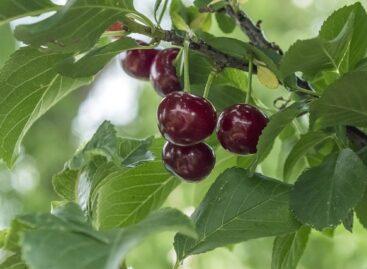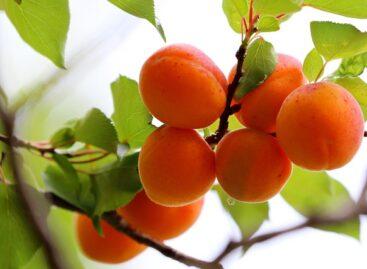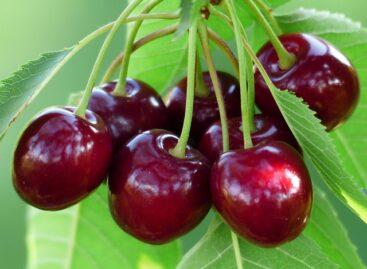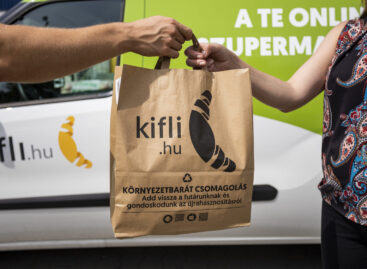Spring frost danger again: Hungarian fruit production is increasingly at risk due to climate change
In 2025, bud break and flowering began earlier than average for many fruit species. The frosts expected in the coming week again pose a serious threat to grape and fruit growers. As a result of milder and shorter winters, the vegetation cycle of plants is being pushed forward, while spring frosts continue to follow previous climatic conditions. This phenomenon is further strengthened by the trend of the weakening of the Polar Vortex in spring, which causes serious damage to orchards every year.
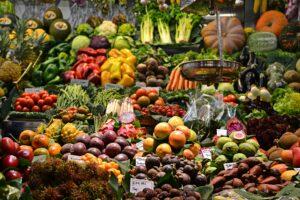 As a result of climate change, the date of the last national spring frost in Hungary has been moved forward by an average of one week in recent decades. According to current climate models, this process may accelerate further in the coming decades, and we can expect a frost-free period up to 30–35 days earlier. This change may have a significant impact on the development of crops, increasing the risk of spring frost damage and the vulnerability of agricultural production. Particular attention should be paid to the cultivation of apricots, cherries, sour cherries, grapes and apples, as these crops are sensitive to spring cooling. According to some simulations, by 2050–2060, the current crop yield may drop by up to 85–90% due to frequent spring frosts. Therefore, domestic agriculture will have to reckon not only with summer droughts and hailstorms in the future, but also with spring frosts, which represent an increasingly serious challenge for producers.
As a result of climate change, the date of the last national spring frost in Hungary has been moved forward by an average of one week in recent decades. According to current climate models, this process may accelerate further in the coming decades, and we can expect a frost-free period up to 30–35 days earlier. This change may have a significant impact on the development of crops, increasing the risk of spring frost damage and the vulnerability of agricultural production. Particular attention should be paid to the cultivation of apricots, cherries, sour cherries, grapes and apples, as these crops are sensitive to spring cooling. According to some simulations, by 2050–2060, the current crop yield may drop by up to 85–90% due to frequent spring frosts. Therefore, domestic agriculture will have to reckon not only with summer droughts and hailstorms in the future, but also with spring frosts, which represent an increasingly serious challenge for producers.
In the past 10–15 years, domestic agriculture has been facing increasingly serious challenges due to spring frosts. A significant increase in the frequency of frost periods and the resulting damage can be observed, especially in the Kisalföld, the Great Plain and the Transdanubian Hills. At the same time, the incidence of agricultural frost damage has clearly increased throughout the country: over the past decade, their number has increased threefold, which poses a serious threat to domestic crop production and food production.
With the significant easing of winter and the intense warming of the early spring period, sap flow, bud break and flowering in plants begin earlier, in the case of some varieties 15-20 days earlier than in the 1970s and 1980s.
Related news
Low sour cherry harvest expected across Europe this year
Experts are predicting significant crop losses in sour cherry producing…
Read more >Apricots at an affordable price, there is a demand for them
The apricot harvest will be very low throughout Europe, which…
Read more >Climate change and inappropriate variety use are also worsening the situation of the cherry sector
Modern production technology, domestic tests and research results that can…
Read more >Related news
Leadership change at Fornetti: Nándor Szabó is the new Managing Director
Nándor Szabó will take on the role of CEO of…
Read more >Change in Zwack management: Csaba Belovai is the new CEO of Zwack Unicum Plc.
According to the decision of the owners of Zwack Unicum…
Read more >Kifli’s big summer challenge begins
Imagine summer without queuing, carrying and long shopping lists. Instead,…
Read more >
